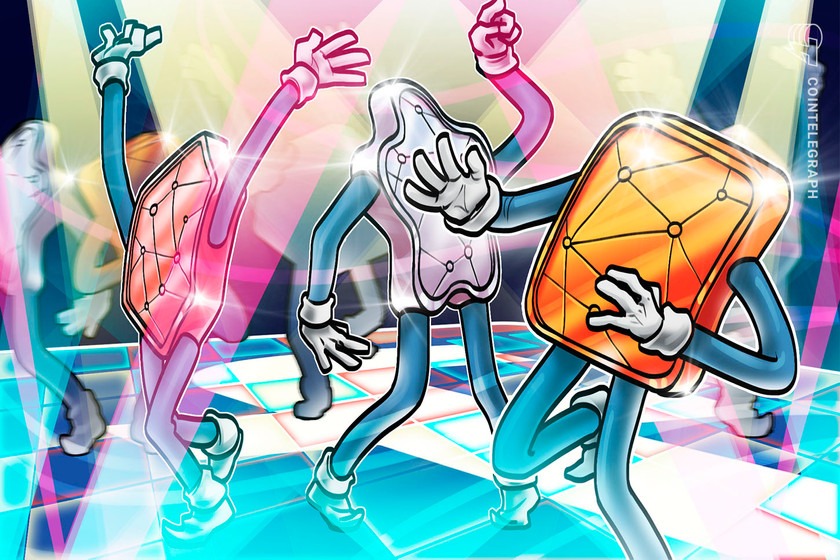
As a part of the planned upgrade, all OpenSea users will need to migrate their existing NFT listings to a new smart contract.
OpenSea, one of the most popular nonfungible token (NFT) marketplace, has rolled out an upgrade to its smart contract, a proactive measure to weed out inactive listings on the platform.
As a part of the planned upgrade, all OpenSea users will need to migrate their NFT listings — currently hosted over the Ethereum (ETH) blockchain — to the new smart contract.
The new contract is live! Start migrating your listings now: https://t.co/W1w9ciCK2D
— OpenSea (@opensea) February 18, 2022
According to the OpenSea announcement, the NFT listings created before Feb. 18 will automatically expire within a week by Feb. 25 by 2 PM ET:
“This new upgrade will ensure old, inactive listings on Ethereum securely expire and allow us to offer new safety features in the future.”
Upon successful migration, the NFT listing will show the original date of posting. However, once the deadline is crossed, users will be allowed to relist the delisted NFTs over the new smart contract.
During this phase, OpenSea will not charge gas fees for NFT migration but will invalidate the old Ethereum-based smart contract, effectively expiring the old offers:
“During this migration period, old offers on items will expire, and offers made on the old smart contract will become invalid.”
Migrating the NFT listing is a two-step process. First, the user needs to navigate to OpenSea and click on the ‘Migrate listings’ option.

For the next step, the user will need to click on the ‘Confirm’ button made available next to each listing, as shown below.

A notification will confirm the migration and users will be able to view the listing with a new expiration date.

Related: An Indonesian 22-year-old makes $1M by selling NFT selfies on OpenSea
OpenSea made most of the early-bird advantage in the NFT space to become the largest marketplace for NFT trades.
Reaffirming the technology’s disruptive financial potential, an Indonesian college student named Sultan Gustaf Al Ghozali became a millionaire by selling NFT versions of his selfies on OpenSea.
Uploading my photo into nft lolhttps://t.co/E3Q4sBmN26#NFT #opensea pic.twitter.com/rD51rdcpzp
— Ghozali (@Ghozali_Ghozalu) January 10, 2022
As Cointelegraph previously reported, Ghozali took selfies, either sitting or standing in front of his computer, which was later converted into NFTs and uploaded to OpenSea in December 2021. Ghozali’s collection subsequently reached a total trade volume of 317 ETH, equivalent to more than $1 million.











